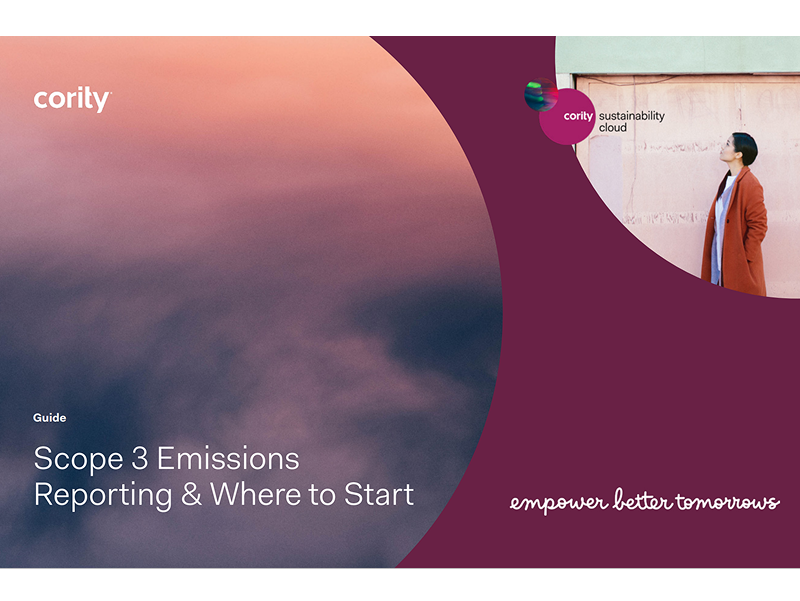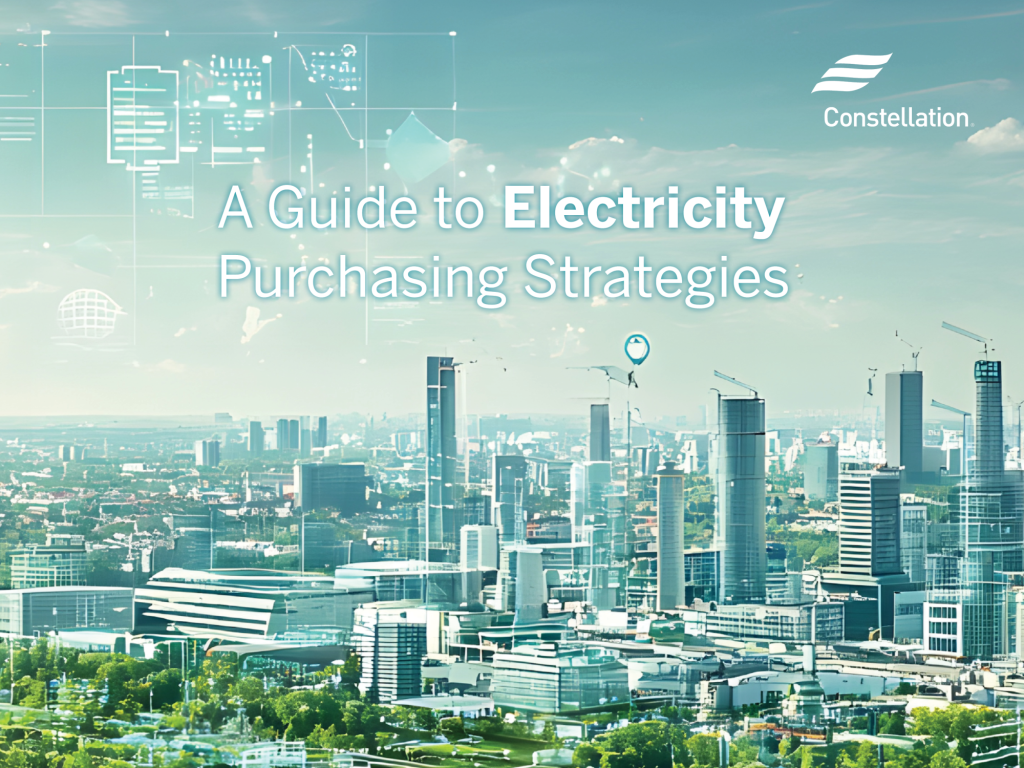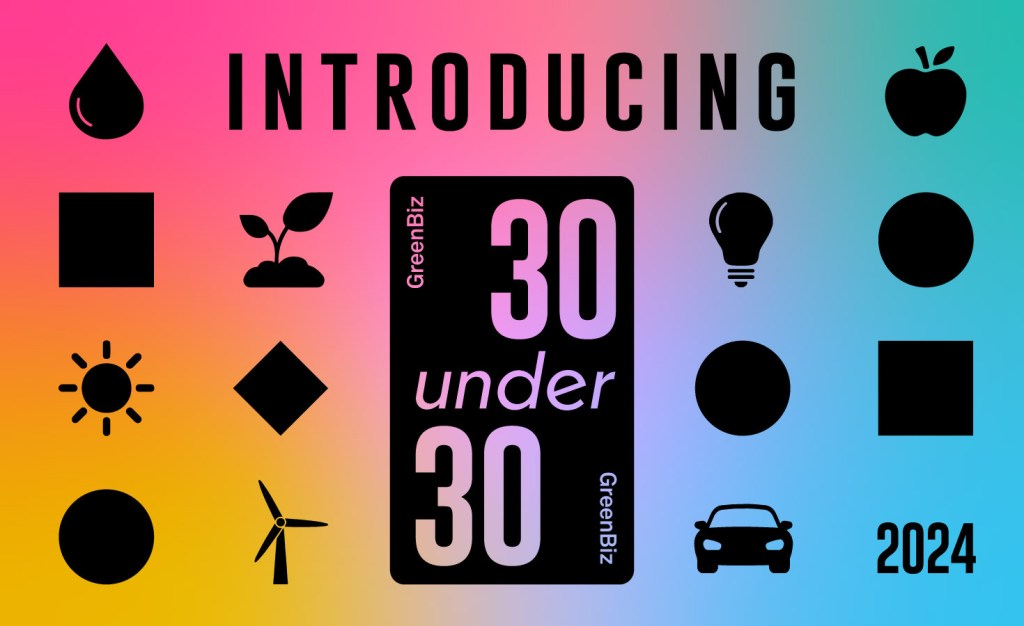Mastering the complexities of GHG accounting
Sponsored: Despite the increase in net-zero commitments over the past year, many organizations still struggle to tackle the complexities of GHG accounting. Here’s how to approach the most challenging scopes and calculation methods with confidence. Read More

Caption: Envizi GHG Accounting Software. Source: Envizi.
This article is sponsored by Envizi.
The demand for financial-grade greenhouse gas (GHG) accounting is rapidly growing as investors and businesses seek to demonstrate their commitment to decarbonization. The central authority for how to track and report GHG emissions (and thus progress toward goals) is the GHG Protocol. Yet as GHG accounting continues to evolve and attract more scrutiny, complexities are emerging that can trip up even experienced reporters.
In this article, we take a detailed look into those challenges: how to account for renewable energy purchases, how to approach Scope 3 emissions calculations and what a fourth scope of emissions could mean for your business.
Understanding GHG Protocol emission scopes
As a refresher, under the GHG Protocol Corporate Standard, GHG emissions are divided into scopes for calculation and reporting. Scope 1 includes all “direct” emissions from an organization, which includes company vehicles, fugitive emissions from manufacturing processes and fuel combustion onsite (such as burning gas to produce heat). Scope 2 encompasses “indirect” emissions from the consumption of purchased electricity, heat or steam.
Scope 3 requires organizations to look for implications of carbon emissions outside of their direct physical footprint, quantifying emissions through the supply chain outside of the organization’s direct control. This includes embodied emissions within resources consumed by the organization — paper used, waste produced, coffee consumed — and also the emissions of any suppliers, which are especially important to organizations that produce physical products.
While Scopes 1, 2 and 3 have been in wide use for some time, there is growing interest in the potential for a fourth scope, broadly defined as the absence of emissions, or “avoided emissions.” This emerging scope is of most interest to organizations interested in estimating and disclosing the positive and negative impacts of their products.
Accounting for renewable energy purchases with the market-based method
Several years ago, the GHG protocol updated the reporting standard to require two methods of Scope 2 emission calculations: the location-based method and a newer, market-based method.
Traditionally, organizations were required to report their Scope 2 emissions based on a standard set of grid-average emissions factors. Following this approach, known as the location-based method, all emission-reduction efforts should be excluded from the GHG inventory. Initially this made sense, as it enabled organizations to be compared fairly. It did, however, prevent some organizations from showcasing their efforts, or taking credit for their green power purchases in their emissions totals. The Scope 2 market-based approach addressed this issue.
The market-based approach instructs organizations to apply “energy attribute certificates,” or EACs, such as renewable energy certificates (RECs) or guarantees of origin to their consumption and then source emission factors from contracts or suppliers where available.
In instances where consumption is not covered by EACs or other factors, residual mix factors are applied to consumption. Residual mix factors are similar to grid-average factors but are calculated based on electricity generated from non-renewable sources (oil, gas, coal, etc.) or other sources not backed by EACs. If residual mix factors are not available for a region, then standard grid-average factors should be used, as they are in the standard location-based method.
Using the market-based method should prove helpful as your organization pursues intentional procurement of clean and renewable energy. The first step of this accounting process is to understand your organization’s electricity purchases. There may be a mix of sources, especially if the organization works across various regions. Once tallied, contact each supplier and collect their emissions factors as comprehensively as possible.
Once the energy procurement strategies are understood, it may be easier to categorize the emissions. Whether your organization already has begun the process of clean energy procurement or it is just getting started, remember the following tips to allow for market-based Scope 2 emissions calculations:
- If your organization purchases renewable electricity directly, the EACs already should exist and are known as “bundled certificates.” These certificates also can be purchased separately from electricity and are known as “unbundled certificates.” Use GHG Protocol’s Scope 2 Quality Criteria to ensure that these certificates can be used.
- Unbundled certificates must be allocated across your organization according to the Quality Criteria, with careful attention to points 4 and 5.
- Point 4 requires that certificates are “issued and redeemed as close as possible to the period of energy consumption to which the instrument is applied.” This means it would be incorrect to allocate certificates issued in 2018 to electricity consumption from 2021.
- Point 5 requires that certificates are “sourced from the same market in which the reporting entity’s electricity-consuming operations are located and to which the instrument is applied.” This means that it would be incorrect to allocate certificates issued in the U.S. to consumption in the U.K.
- If your organization has power purchase agreements, the certificates may not exist. In this scenario, determine the emissions factor tied to the contract and document accordingly.
- Only use the publicly available residual mix emission factors that are within the region that is being accounted for if the supplier’s direct information is not accessible.
- Ensure your organization’s data management and reporting platform can support both location and market-based calculation methods.
Approaching Scope 3 supply chain emissions
CDP’s 2019 Supply Chain Report cites that supply chain emissions are 5.5x greater than emissions from the direct operation of an average business. This statistic is a reminder that organizations must consider climate impacts beyond the sphere of their own direct operations.
Impacts may include quantifying GHG emissions throughout the supply chain (Scope 3) and savings from corporate-level strategic goals. Reporting Scope 3 emissions is more difficult than Scope 1 and Scope 2, but the process to ascertain what is within your organization’s scope is quite clear.
While significant in emissions impact, the process of sourcing and accurately capturing data for Scope 3 can be a challenge. The breadth of the data types can be large, and the size and complexity should not be underestimated. While a cloud-based data collection tool such as Envizi can help to collect and sort the information, this process requires manual cross-functional stakeholder cooperation. For the most successful Scope 3 Reporting process, consider the following suggestions:
- Sustainability software can automate what otherwise would be a painstaking manual data collection process, using electronic data interchange (EDI) and artificial intelligence (AI) technology.
- Be prepared to rely on manual surveys and conversations with individuals that represent your organization’s supply chain for some of the data collection.
- Maintain flexibility in the data structure between various factors. Data files provided from various supply chain members will be formatted in different ways, and your data framework must be flexible enough to ingest, process and analyze this data.
- During each step, keep a detailed, thorough audit trail to explain the approach and document decisions.
- Use project management and engagement tools such as Kanban boards to keep the group of stakeholders informed and apprised of the process
- Consider seeking advice from a specialist or consultant. They can help resolve the challenges related to geographic spread and data management confusion.
Planning for ‘Scope 4’ emissions
There is growing interest in creating a fourth emission scope for calculation and reporting the impact of emissions avoided from use of an organization’s products.
These so-called Scope 4 emissions are not established in standardized reporting, but it is expected that guidance will be released in the future. Because this is a new scope to the GHG accounting process, the structure and process have yet to be formalized.
The GHG Protocol guidelines for reporting the comparative emissions impacts of products details the complexity that must be addressed to account and report on Scope 4 emissions:
- There is no accepted framework for estimating and publicly reporting comparative impacts, and data availability is inconsistent.
- The impacts of products may be positive or negative. So far, it seems that negative impacts are equally as common as positive in accounting for Scope 4.
- Many methodological issues have yet to be commonly agreed. The GHG Protocol is recommending the consequential approach to estimate comparative impacts, but many organizations are using the attributional approach.
Conclusion
Accurate GHG accounting is critical to advancing decarbonization goals and instilling public confidence in your organization’s progress. Based on over a decade supporting organizations with GHG accounting and reporting, we have identified the most challenging aspects of GHG accounting, and how to approach them:
- When using the market-based emissions method for Scope 2 emissions, be sure to follow best practices when allocating green power purchases and sourcing the latest emissions factors.
- For Scope 3 emissions, use automated data capture processes where possible and be prepared to rely on manual surveys and conversations with individuals that represent your supply chain for some of the data collection.
- Maintain flexibility in the data structure between various factors so they can be ingested, processed and analyzed without issues.
The complexities of GHG accounting can be simplified with dedicated and knowledgeable resources such as GHG accounting software and sustainability consultants to help your organization select and allocate factors, account for green power purchases and manage Scope 3 emissions.
If you would like to learn more about using data and technology to streamline and accelerate decarbonization, read the “Pathway to Low-Carbon Guide.”













